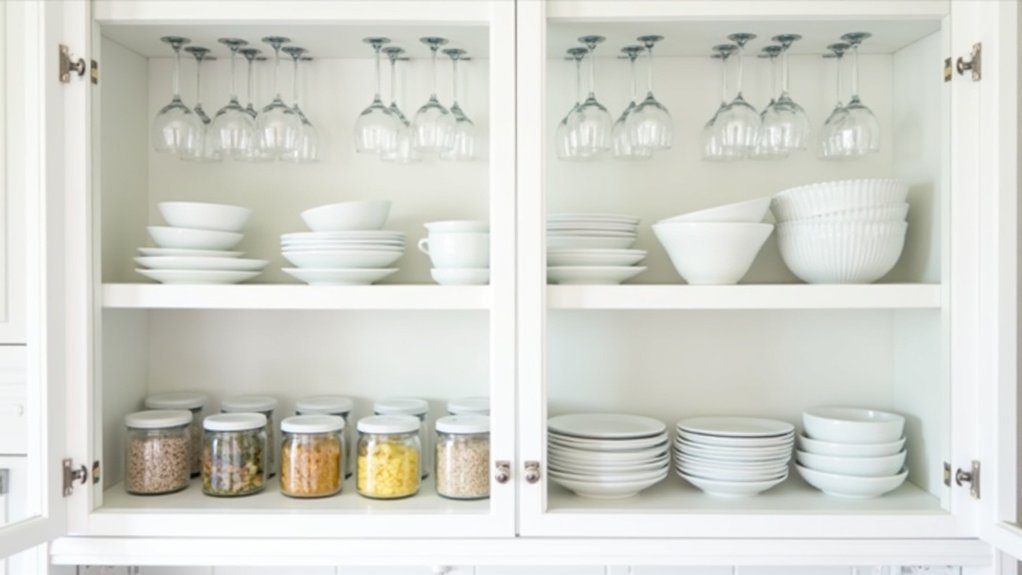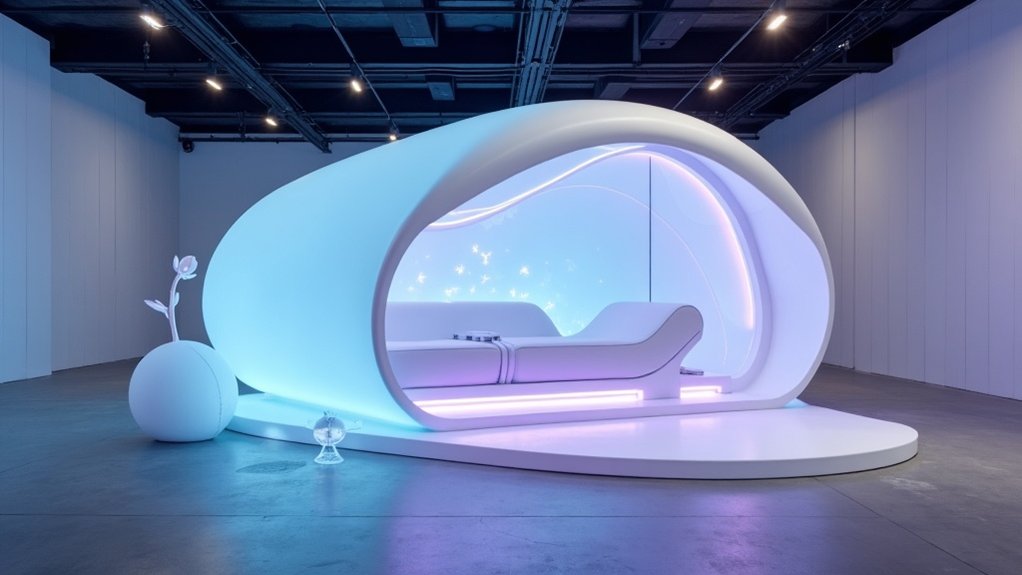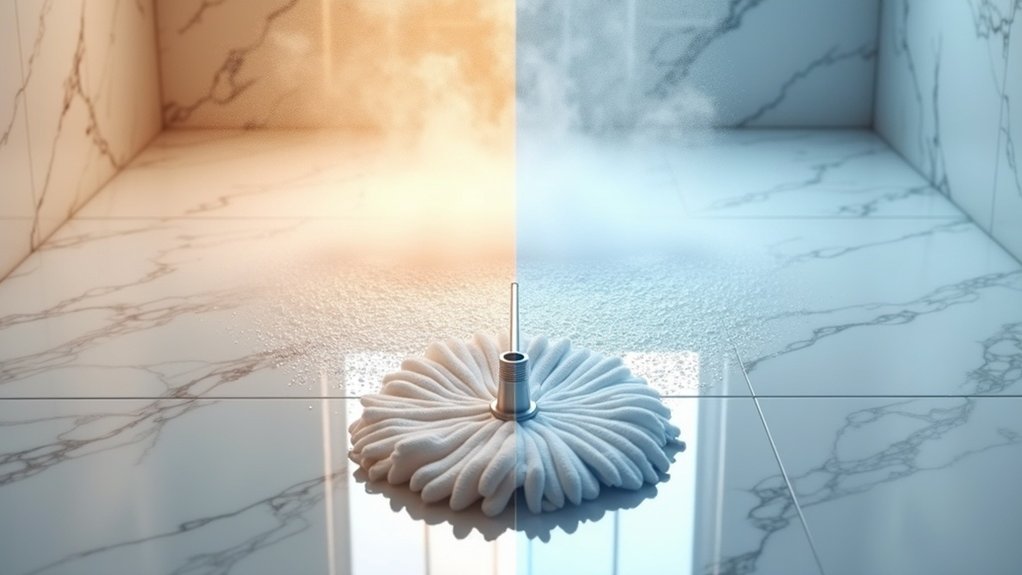Few design choices challenge conventional thinking quite like the decision to install carpet on a ceiling. This once-forgotten technique has experienced a remarkable resurgence over the past decade, as homeowners increasingly prioritize personal expression over traditional resale considerations. What began as an acoustic solution has evolved into a sophisticated design statement that transforms ordinary rooms into immersive environments.
The practical benefits extend far beyond aesthetics. Carpeted ceilings dramatically reduce echo and reverberation, making them particularly valuable in spaces with hard surfaces or soaring heights. Media rooms and home studios benefit from improved sound absorption, while open-concept areas gain enhanced privacy through noise reduction. The additional insulation layer helps regulate temperature, keeping rooms noticeably warmer during colder months. Some installations even contribute to better indoor air quality by trapping airborne particles within the fibers, aligning with the trend toward sustainable living.
Design professionals report growing demand for these unconventional treatments as clients seek bold alternatives to accent walls. The technique draws eyes upward, transforming ceilings into expressive canvases that tell unique stories through texture and pattern. This approach reflects cultural roots in Persian, Indian, and Central Asian traditions where textiles served both functional and ceremonial purposes. Rich wool carpets create intimate cocoons in bedrooms and lounges, while vibrant installations follow the color-drenching trend that defines 2025’s maximalist interiors. High-end showrooms like Jaipur Living’s Dubai location showcase these immersive environments, demonstrating how overhead carpeting can balance room proportions and make expansive spaces feel more inviting.
Material choices range from neutral hand-knotted pieces to striking plaid and tartan patterns that evoke cabin-style warmth. Current palettes favor organic earth tones—oxblood, verdant green, ochres, browns, and golds—though artistic installations allow for custom shapes and overlapping designs. Natural materials like wool and sisal provide eco-friendly options that align with the growing trend toward sustainable, biobased materials in interior design. Manufacturers now produce collections specifically intended for vertical and overhead applications, reflecting this market expansion.
The psychological impact proves similarly compelling. Overhead carpeting increases feelings of safety and warmth, creating a “cocooning” effect that promotes relaxation. The tactile presence of carpet above softens spatial perception, potentially reducing anxiety in users. This sense of enclosure particularly benefits large open spaces or rooms with intimidating ceiling heights, nurturing an environment where residents feel protected and surrounded by their surroundings.





